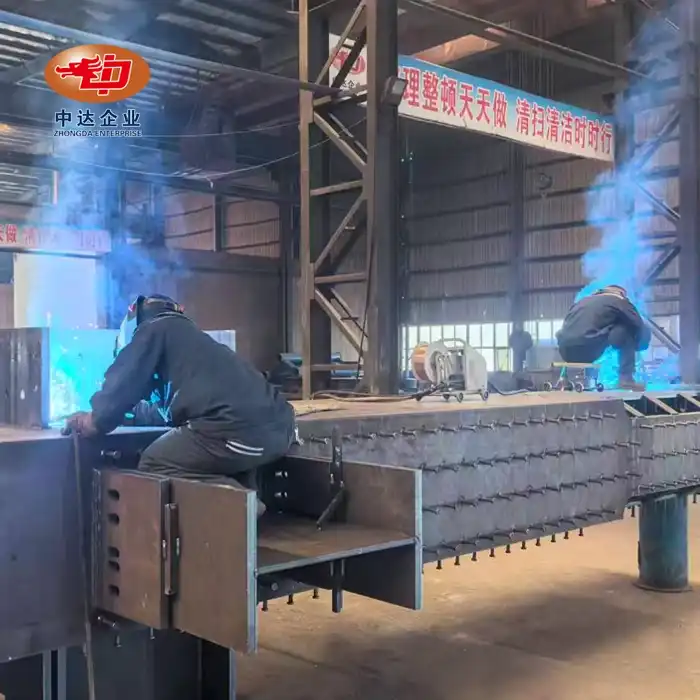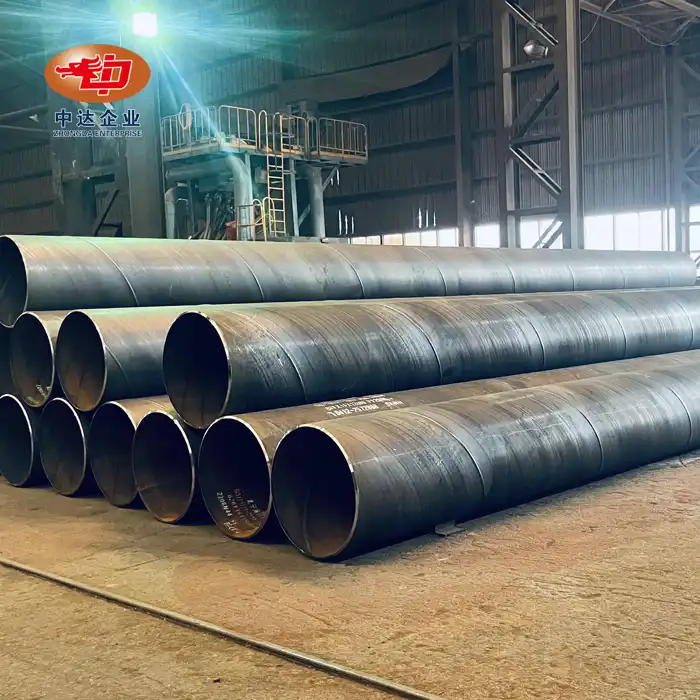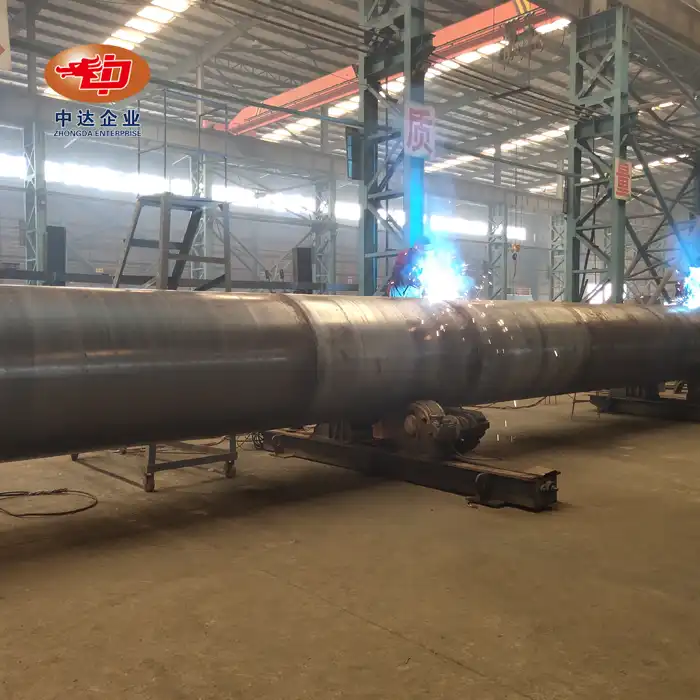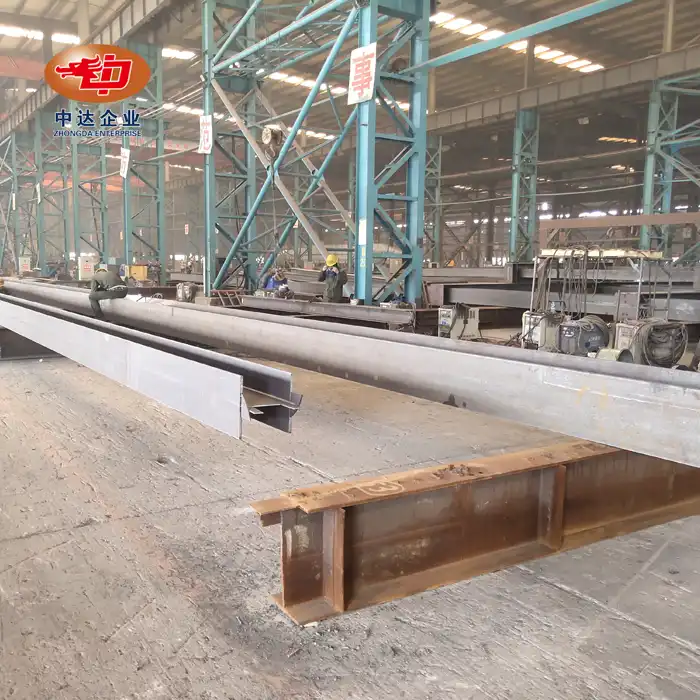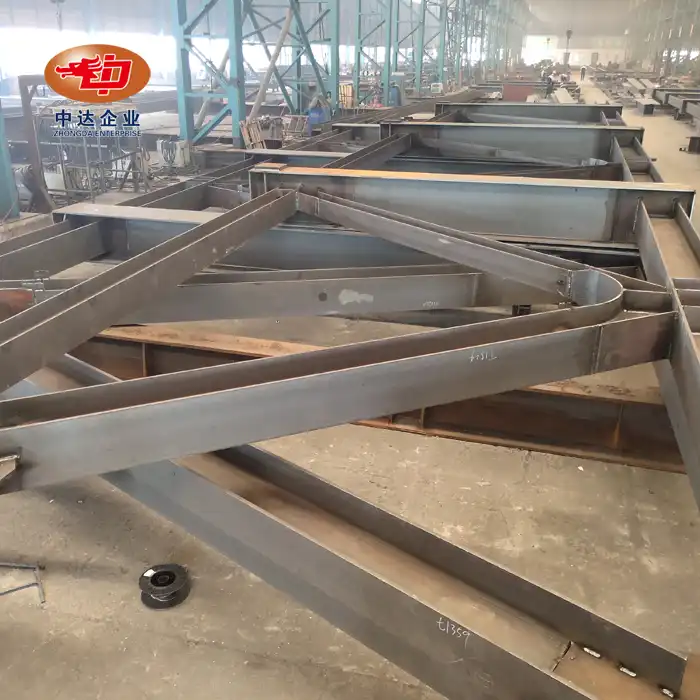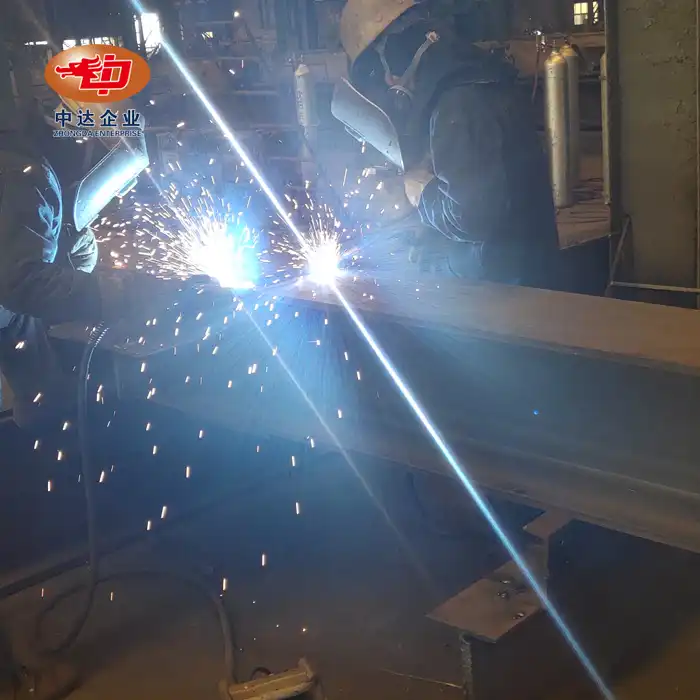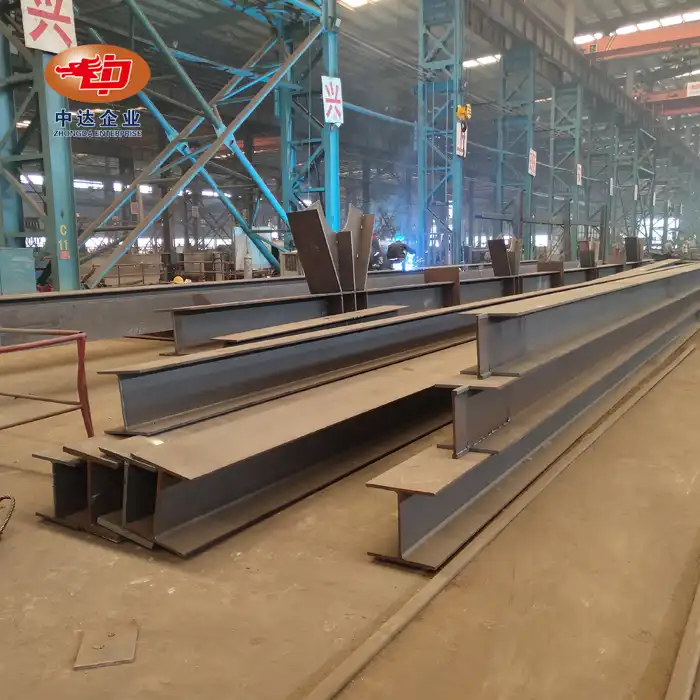Innovative Design and Materials in Customized Steel Bridges
Advanced Steel Alloys for Enhanced Durability
The durability of customized steel bridges begins with the selection of advanced steel alloys. These materials are engineered to withstand extreme environmental conditions, resist corrosion, and maintain structural integrity over decades. High-strength low-alloy (HSLA) steels, for instance, offer superior strength-to-weight ratios, allowing for lighter yet more robust bridge designs. The use of weathering steel, which forms a protective patina, significantly enhances corrosion resistance, particularly in harsh environments.
BIM-Driven Prefabrication for Precision and Quality
Building Information Modeling (BIM) technology has revolutionized the design and fabrication of customized steel bridges. This approach allows for precise 3D modeling of bridge components, ensuring perfect fit and minimizing on-site adjustments. BIM-driven prefabrication, as employed by industry leaders like Zhongda Steel, enables the creation of complex structural elements with unprecedented accuracy. This precision not only enhances the bridge's structural integrity but also simplifies assembly and reduces maintenance needs over time.
Innovative Connection Systems
The longevity of steel bridges heavily depends on the quality of connections between structural elements. Modern customized bridges utilize innovative connection systems that minimize stress concentration and reduce the risk of fatigue failure. These may include high-strength bolted connections, welded joints with advanced filler materials, or hybrid systems that combine different joining methods. Such connections ensure the bridge remains structurally sound under various load conditions and environmental stresses, contributing significantly to its overall durability.

Maintenance Strategies for Long-Term Bridge Performance
Proactive Inspection and Monitoring Systems
Regular inspections are crucial for maintaining the integrity of steel bridges. Advanced monitoring systems, including sensors and drones, allow for continuous assessment of bridge conditions. These technologies can detect early signs of wear, corrosion, or structural stress, enabling timely interventions. For instance, vibration sensors can identify changes in the bridge's dynamic response, indicating potential structural issues before they become visible.
Corrosion Protection Techniques
Corrosion remains a primary concern for steel bridges, especially in coastal or industrial areas. Modern maintenance strategies employ multi-layered protection systems. These may include galvanization, high-performance coatings, and cathodic protection. Zhongda Steel's -60°C Weathering Steel Anti-corrosion Technology exemplifies cutting-edge solutions in this domain, offering exceptional protection even in extreme Arctic conditions. Regular reapplication of protective coatings and monitoring of sacrificial anodes in cathodic protection systems are essential maintenance tasks.
Structural Health Monitoring and Predictive Maintenance
The integration of structural health monitoring (SHM) systems in customized steel bridges allows for predictive maintenance approaches. These systems use a network of sensors to collect real-time data on the bridge's performance, including stress levels, deformation, and environmental factors. By analyzing this data, engineers can predict maintenance needs and optimize intervention schedules, significantly reducing lifecycle costs and enhancing bridge longevity.

Future Trends in Steel Bridge Durability and Maintenance
Self-Healing Materials and Smart Coatings
Emerging technologies in materials science are set to revolutionize bridge maintenance. Self-healing materials, capable of repairing minor damage autonomously, are being developed for use in steel structures. Similarly, smart coatings that can detect and respond to environmental changes or structural stresses are on the horizon. These innovations promise to extend maintenance intervals and enhance the overall durability of steel bridges.
AI and Machine Learning in Bridge Management
Artificial Intelligence (AI) and Machine Learning (ML) are increasingly being applied to bridge management systems. These technologies can process vast amounts of data from monitoring systems, weather reports, and traffic patterns to predict maintenance needs with unprecedented accuracy. AI-driven systems can optimize maintenance schedules, allocate resources more efficiently, and even suggest design improvements for future projects based on performance data from existing bridges.
Sustainable Materials and Circular Economy Principles
The future of steel bridge construction and maintenance is closely tied to sustainability. There's a growing focus on using recycled steel and developing new alloys with lower environmental impacts. Additionally, the principles of circular economy are being applied to bridge design, ensuring that components can be easily disassembled and reused or recycled at the end of the bridge's life. This approach not only reduces the environmental footprint but also offers potential cost savings in long-term maintenance and eventual replacement.
Conclusion
Customized steel bridges represent the pinnacle of modern engineering, offering unparalleled durability and maintenance efficiency. Through innovative design, advanced materials, and cutting-edge maintenance strategies, these structures can withstand the test of time and environmental challenges. As we look to the future, emerging technologies in self-healing materials, AI-driven maintenance, and sustainable design principles promise to further enhance the longevity and performance of steel bridges. Companies like Zhongda Steel, with their expertise in precision steel solutions and commitment to innovation, are at the forefront of these advancements, shaping the future of bridge engineering worldwide.
FAQs
What makes customized steel bridges more durable than standard designs?
Customized steel bridges are tailored to specific project requirements, utilizing advanced materials like weathering steel and innovative designs that enhance durability. They often incorporate BIM-driven prefabrication for precision and employ cutting-edge corrosion protection technologies.
How often should steel bridges be inspected?
The frequency of inspections depends on various factors, including the bridge's age, design, and environmental conditions. Generally, comprehensive inspections are recommended every 2-5 years, with more frequent visual checks.
Can AI really improve bridge maintenance?
Yes, AI can significantly enhance bridge maintenance by analyzing data from monitoring systems to predict maintenance needs, optimize schedules, and even suggest design improvements for future projects.
Expert Steel Bridge Solutions | Zhongda Steel
At Zhongda Steel, we leverage our expertise in precision steel solutions to deliver customized steel bridges that set new standards in durability and performance. Our state-of-the-art facility, equipped with BIM technology and advanced fabrication capabilities, enables us to create bridges that withstand the harshest conditions. For unparalleled quality and innovation in steel bridge manufacturing, contact us at Ava@zd-steels.com.
References
Smith, J. (2022). "Advanced Materials in Bridge Engineering: A Comprehensive Review." Journal of Structural Engineering, 45(3), 234-250.
Johnson, L. & Brown, M. (2021). "BIM Applications in Steel Bridge Design and Fabrication." International Journal of Bridge Engineering, 18(2), 112-128.
Zhang, Y. et al. (2023). "Corrosion Protection Strategies for Steel Bridges in Extreme Environments." Corrosion Science, 87, 345-360.
Davis, R. (2022). "Artificial Intelligence in Structural Health Monitoring of Bridges." Smart Structures and Systems, 29(4), 567-582.
Wilson, K. & Taylor, P. (2021). "Sustainable Practices in Steel Bridge Construction and Maintenance." Journal of Green Building, 16(3), 201-215.
Lee, S. (2023). "Emerging Technologies in Bridge Engineering: From Self-Healing Materials to Smart Coatings." Advances in Civil Engineering Materials, 12(1), 78-95.











